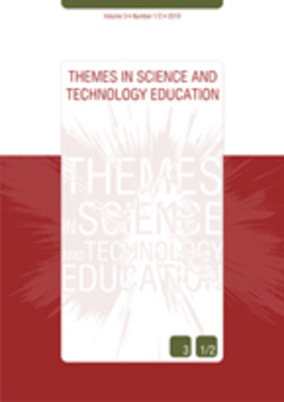Editorial : Information & Communication Technologies in Special Needs Education
Part of : Themes in science and technology education ; Vol.7, No.2, 2014, pages 63-66
Issue:
Pages:
63-66
Abstract:
No abstract (available).
Subject:
Subject (LC):
References (1):
- Alistair, E., Serenella, B., & Tokareva, N. (2006). ICTs in education for people with special needs. Moscow: UNESCO Institute for Information Technologies in Education. Retrieved 2 January 2015, from http://iite.unesco.org/pics/publications/en/files/3214644.pdf.Chantry, J., & Dunford, C. (2010). How do computer assistive technologies enhance participation in childhood occupations for children with multiple and complex disabilities? A review of the current literature. The British Journal of Occupational Therapy, 73(8), 351-365.Foley, A., & Ferri, B. A. (2010). Technology for people, not disabilities: ensuring access and inclusion. Journal of Research in Special Educational Needs, 12(4), 192-200.Istenic Starcic, A., & Bagon, S. (2014). ICT-supported learning for inclusion of people with special needs: Review of seven educational technology journals, 1970–2011. British Journal of Educational Technology, 45(2), 202-230.Pérez Cota, M., Barroso, J., Ferreira, S. B. L., Fonseca, B., Mikropoulos, T. A., & Paredes, H. (2014). Preface to the 5th International Conference on Software Development and Technologies for Enhancing Accessibility and Fighting Info-exclusion, DSAI 2013 special issue. Procedia Computer Science, 27, 1.Runswick-Cole, K. (2011). Time to end the bias towards inclusive education? British Journal of Special Education, 38(3), 112–119.Walker, L., & Logan, A. (2009). Using digital technologies to promote inclusive practices in education. Futurelab innovation in education, www.futurelab.org.uk. Retrieved 3 January 2015, from http://archive.futurelab.org.uk/resources/documents/handbooks/digital_inclusion3.pdf.




